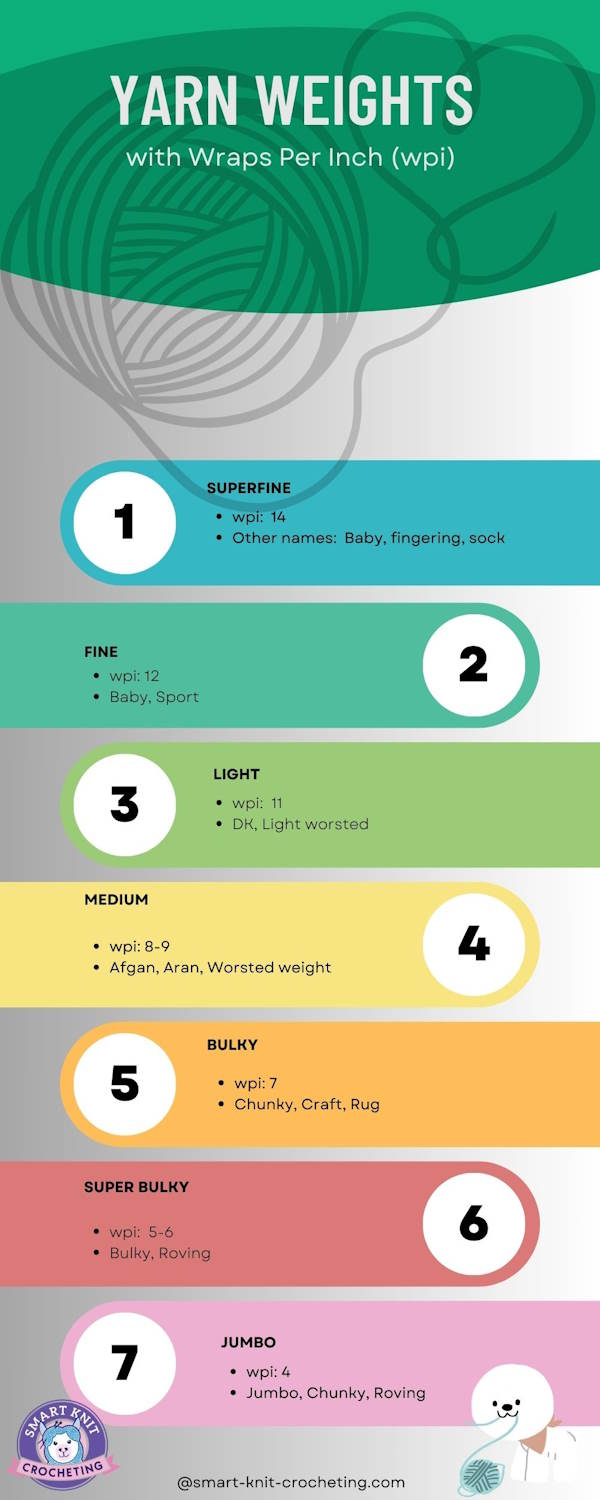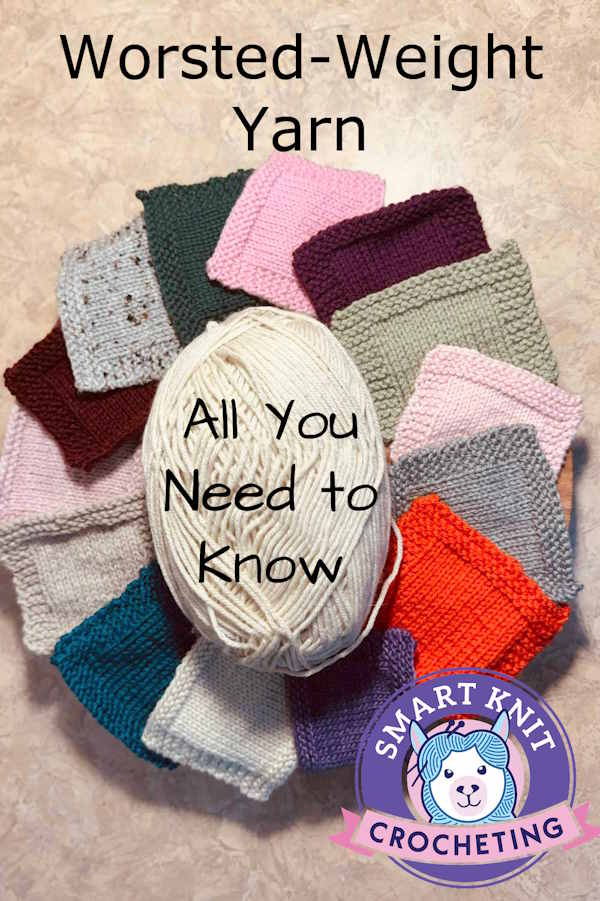- Home
- Worsted Weight Yarn
Understanding Worsted Weight Yarn: A Beginner's Guide
by Janice Jones
Worsted weight yarn is one of the most used types of knitting and crocheting yarn. It is known for its medium thickness and versatility, making it a perfect choice for a wide range of projects, from scarves to blankets. Worsted is a specific spinning process that creates a smooth, strong, yet pliable yarn perfect for numerous knitting or crocheting projects.
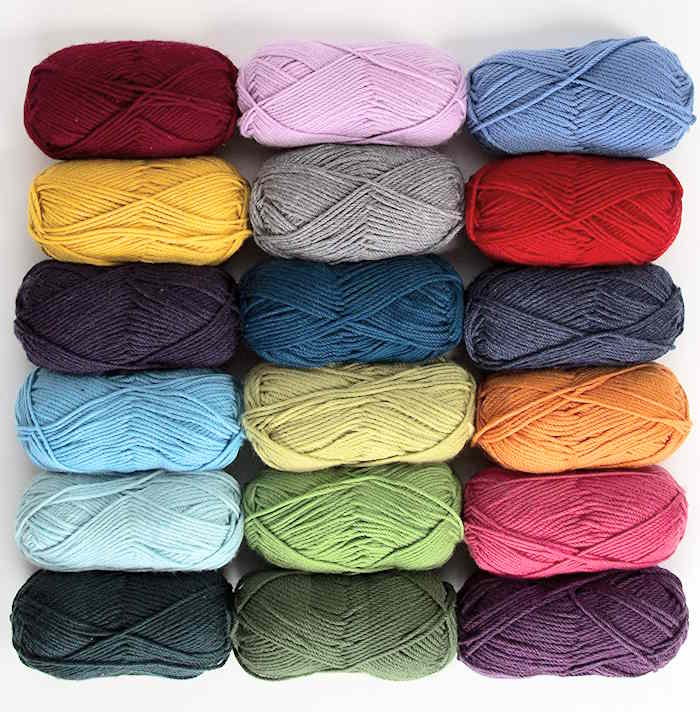
Understanding the different yarn weight classes is crucial for any knitter or crocheter. Each weight is best suited to types of projects, and substituting one weight for another can dramatically affect the finished piece's size, drape, and overall result.
For instance, using a finer weight yarn for a pattern written for worsted weight might result in a smaller, draper garment, while using a heavier weight could produce a much bulkier, looser fabric.
Hence, knowing your yarn weights can help ensure your finished project turns out just how you envision it.
Worsted Weight Yarn
Worsted weight yarn is also called number 4, aran, and afgan.
There’s a lot more to worsted-weight yarn than meets the eye. Given its middle-of-the-road thickness, here are a few things we know about this weight of yarn:
- It falls into Category 4/Medium of the Craft Yarn Council’s standardized yarn weight system
- It falls in the middle of the yarn weight family, thicker than fingering weight yarns and dk yarn (double knitting) and thinner than bulky or jumbo yarn
- Knit: The recommended gauge of 16-20 stitches per four inches when knitting on US size 7-9 (4.5-5.5 mm) needles.
- Crochet: The gauge is 11-14 stitches per four inches with a recommended crochet hook size of US size H to K-10.5 (5.0-6.5 mm) hook
- These numbers are just estimates and can vary depending on the exact composition of the yarn and the tension of the individual knitter or crocheter. The type of project may also affect the size of needles or hooks chosen. If you are knitting lace with worsted-weight yarn, it’s best to use a size or two larger needles than recommended. Using a small needle or hook might be appropriate if you are working on socks or mittens.
- It’s hefty enough to provide warmth yet light enough not to feel overly bulky or heavy, which is why it’s a popular choice for everything from hats and scarves to sweaters and Afghans.
- You may see the worsted-weight yarn called #4, Medium Weight, Afghan or Aran yarn.
- Yarn Care: Worsted-weight yarn care depends on its fiber content. Some are machine washable, while others require hand washing and flat drying. Always check the yarn label for care instructions.
- Just like other yarns, worsted-weight yarn comes in various fibers (cotton yarn, synthetic, wool, wool blends), textures, and colors.
- It is sold as a skein, hank, ball, or cake.
- Some of the most popular yarns are worsted weight.
A Short History of Worsted Weight Yarn
The term 'worsted' has quite a long history, originating from the village of Worstead in England, a place once famed for its yarn production during the medieval period.
The specific process of worsted spinning involves combing the wool, so all the fibers lie parallel, resulting in a smoother, denser yarn with a fantastic stitch definition.
This contrasts woolen-spun yarn, whose fibers are carded to lie in all directions, creating a loftier, warmer, but somewhat less durable yarn.
Over the centuries, the term worsted has evolved to generally denote a medium-thickness yarn, regardless of its actual spinning process or fiber content, although the dedication to quality it represents remains the same.
Confusion Between Weight and Ply
Ply and worsted weight represent different aspects of a yarn's properties and are not interchangeable.
Yarn plies refers to the number of strands twisted together to make a single thread of yarn. For example, a single-ply yarn has just one strand, while a two-ply yarn consists of two twisted strands.
The more plies a yarn has, the stronger and more durable it is. Ply can also affect the texture of the yarn; more plies often result in a smoother finish, while fewer plies can give a more rustic look.
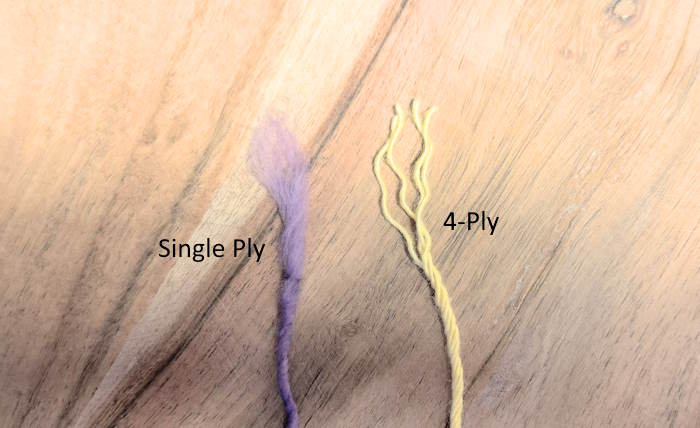
A yarn’s weight, on the other hand, refers to its thickness. It's a term used to categorize yarns from thinnest to thickest, with worsted weight falling approximately in the middle of the spectrum.
The weight of a yarn determines how thick or thin your stitches will be and how drapey or structured your fabric becomes. It does not relate to the weight of the skein.
Worsted-weight yarn can have any plies, from one to many. However, more commonly, worsted-weight yarns tend to have between two to four plies.
This count helps contribute to the yarn's strength, durability, and characteristic medium thickness. You may also encounter eight-ply yarns and even 10-ply yarn.
Examples of Worsted Weight Yarns with 2 Plies
Here are several examples of worsted-weight yarns with two plies:
- Malabrigo Yarn Rios: This is a pure merino wool, hand-dyed yarn loved by knitters and crocheters for its softness and versatility. With two plies, it's a worsted-weight yarn perfect for garments, accessories, and even home decor projects.
- Cascade Yarns Cascade 220: This is another popular worsted weight 2-ply yarn made from high-quality Peruvian Highland wool. It's a great choice for everything from cozy sweaters to warm mittens and hats.
- Berroco Ultra Alpaca: Made from a blend of superfine alpaca and Peruvian wool, this 2-ply worsted-weight yarn combines the softness of alpaca with the structure of wool. It's available in an impressive range of solid and heather colors.
- Lion Brand Yarn, Touch of Alpaca: This is a soft, durable, and economical worsted-weight yarn with two plies. It's a blend of acrylic for ease of care and alpaca for warmth and softness.
Remember that not all worsted-weight, 2-ply yarns will behave the same way because the fiber content can also impact the yarn's drape, warmth, durability, and washing requirements.
Worsted-Weight 4-ply yarn Examples
Here are a few examples of worsted weight yarns with four plies
- Paintbox Yarns Simply Aran: This is a 100% acrylic worsted weight yarn with four plies. The texture of this yarn is very smooth and easy to work with. It's a highly durable and machine-washable option, perfect for home decor and baby projects.
- Plymouth Yarn Encore Worsted: This popular yarn boasts a blend of acrylic and wool fibers, spun into a 4-ply worsted weight. The wool provides warmth and a bit of bounce, while the acrylic adds durability and allows for easy care.
- Patons Classic Wool Worsted: This pure wool worsted weight yarn is spun into four plies, ensuring a smooth finish and excellent stitch definition. It's a great choice for projects that require warmth and durability, like outerwear and winter accessories.
- Red Heart Super Saver Yarn: A highly durable worsted weight yarn, this 4-ply yarn is made from 100% acrylic, making it machine washable and perfect for various projects.
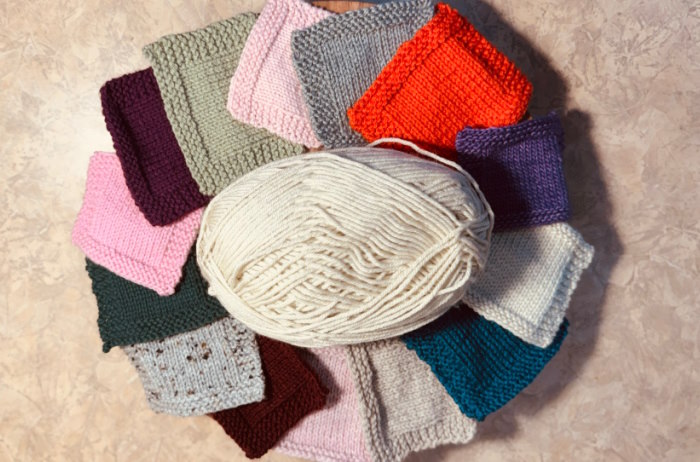
Often, the difference between 2-ply and 4-ply worsted-weight yarn goes beyond the simple number of strands twisted together.
A 4-ply yarn is generally stronger and more durable than a 2-ply because the extra plies help protect the fibers from friction and wear. This makes 4-ply yarns an excellent choice for items that will see a lot of use, like socks or children's clothing.
The extra plies can also create a loftier yarn that knits up into a warmer fabric, making 4-ply worsted-weight yarn great for cozy sweaters and winter accessories. On the other hand, 2-ply yarns might offer more drape and a smoother surface that beautifully shows off stitch patterns. The choice between 2-ply and 4-ply depends on the specific needs of your project.
Yarn that is only one ply is often called " singles " in the fiber arts community. This term is used because the yarn is made from a single strand of fibers rather than multiple twisted strands.
Remember, despite being just one-ply, single yarn can still vary in thickness and weight depending on how it's spun. It can range from lace weight to bulky or even super bulky.
Aran Verses Worsted-Weight Yarn
While Aran weight yarn and worsted weight yarn are quite similar and sometimes used interchangeably, they are not the same thing.
Worsted weight yarn is considered medium weight and is very versatile, perfect for knitting sweaters, scarves, blankets, and more. It generally yields a gauge of about 16-20 stitches per four inches when knitting on US size 7-9 (4.5-5.5 mm) needles.
On the other hand, Aran weight yarn is slightly heavier than worsted weight. It is often used for projects where you want a little more warmth and is ideal for cables and other textured stitches, given these features are more pronounced in thicker yarns.
It usually produces a gauge of about 14-16 stitches per four inches when knitting on US size 8-10 (5-6 mm) needles.
So, in summary, while you can often substitute one for the other, especially in a flexible pattern like a scarf or blanket, it's essential to check the gauge if you are knitting a fitted garment or a pattern where size and fit matter.
Knit Sub is an excellent resource for finding a different but compatible yarn if you are working on a garment and need to make a yarn substitution.
Worsted Weight Vs. Light Worsted Weight Yarn Vs. Heavy Worsted Weight Yarn
To add confusion, you might also encounter terms like light worsted or heavy worsted weight yarn. Light worsted weight yarn is a category of yarn lighter than worsted weight but heavier than double knitting (DK) yarn.
It's often used for lighter-weight clothing or accessories, such as spring or fall garments. It has a good balance of thickness and flexibility, making it relatively easy to work with for knitting and crochet. The gauge typically measures 21-24 stitches per 4 inches/10 cm.
Heavy worsted weight yarn, also known as Aran weight yarn, is slightly thicker than regular worsted weight yarn and is used in patterns that require a heavier yarn.
It stitches up into warm and cozy items, making it a favorite for knitters and crocheters during the colder months. It is suitable for making sweaters, blankets, scarves, and other heavier clothing or accessories. The gauge typically measures 16-20 stitches per 4 inches/10 cm.
A Word About Twists
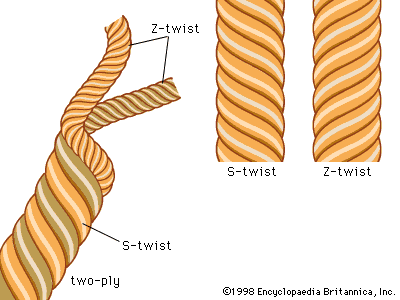
While discussing ply, you might see a reference to S and Z twists. S and Z twists play a crucial role in the yarn plying process.
To create a balanced yarn, spinners often twist single strands (or "singles") of yarn in one direction, then ply two or more of these singles together in the opposite direction.
For instance, if the singles are spun with an S twist (clockwise), they will be plied together with a Z twist (counterclockwise).
This counter-twisting balances out the energy in the yarn, which prevents skewing or distortion in the final knitted or crocheted fabric.
So, while ply refers to how many strands are twisted together to make the yarn, the S and Z twists refer to the directions of these twists during the spinning and plying processes.
But it's worth noting that not all yarns follow this standard. Some yarns might be spun and plied in the same direction, while others may employ different twisting methods, each resulting in different qualities in the finished yarn.
Moreover, while most commercially available yarns follow the S-twist/Z-twist convention, hand spinners can choose whichever twist directions they prefer for spinning and plying.
What is WPI?
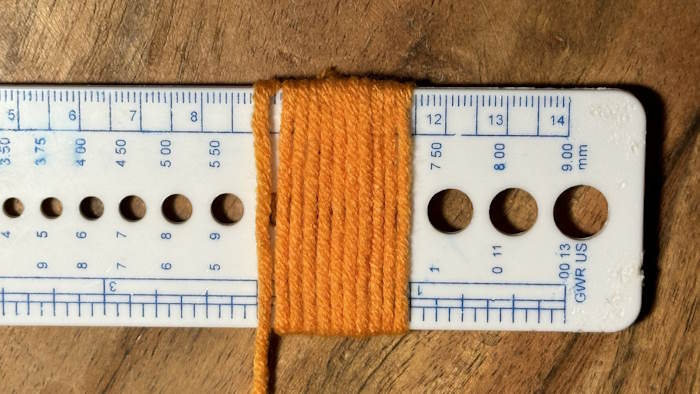
WPI refers to “wraps per inch.” It is measured by wrapping the yarn around a ruler and then counting the number of times you wrap the yarn within a one-inch space.
Most #4 Worsted weight yarns have a WPI between 9 and 12. Understand WPI is important especially if you have a skein of yarn without a yarn label. You can often identify the type of yarn weight by this method.
UK-Based Yarn Manufacturers Verses US-Based Yarn Companies
As a beginner knitter in the US purchasing yarn from a UK-based company, there are a few considerations to keep in mind:
- Understanding UK Yarn Weights: UK yarn weight terminology can differ from what you're used to. For example, 'double knitting' (DK) is a term often used in the UK and is roughly equivalent to the light worsted weight in the US. "Aran" weight in the UK is a bit heavier than the US worsted weight but not as heavy as bulky.
- Conversion of Measurements: In the UK, yarn length is measured in meters, not yards. Be aware of this when comparing or calculating required yarn quantities. While the difference is not typically substantial, it can become significant when working with larger quantities.
- Check the Fiber Content: Review the fiber content, as it can affect the ease of knitting, care instructions, and overall project finish.
- Buying Enough: Make sure you buy enough yarn to complete your project because dye lots may vary, and acquiring more of the same yarn in the future might be challenging due to international shipping.
- Consider Shipping Time and Cost: Consider the additional waiting time and shipping costs when ordering yarn from overseas.
- Read Gauge Information: Always check the suggested gauge on the yarn label or the product description to ensure it meets your project’s requirements.
Even though buying yarn from UK could sound like a lot of work, the wide variety of beautiful yarns you get access to make it an exciting prospect.
Examples of Worsted Weight Yarns
As you gain experience and confidence in your knitting and crocheting, it’s only natural to experiment with different types and brands of yarn. Just remember to do some research ahead of your purchase.
I purchased all of the yarn used in this post. The thoughts represent my own opinions.
Yarnspirations Patons Classic Wool Worsted
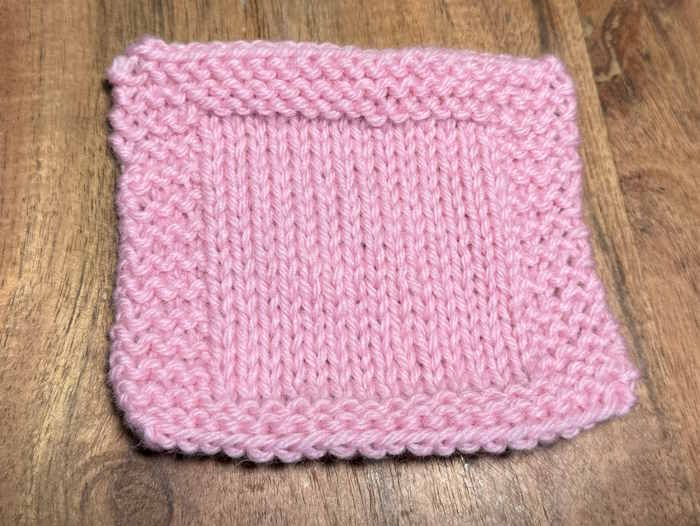 Yarnspirations Patons Classic Wool Worsted
Yarnspirations Patons Classic Wool WorstedThis a medium priced 100% wool that comes in a huge variety of colors. It's easy to work with, very drapy and creates nice stitch definition. It isn't machine washable as it is 100% wool. Works great for wearables and anything that requires wool.
Pros
- Easy to work with and soft
- Nice stitch definition, drapy
- Great for an heirloom design
Cons
- Is not a center-pull skein
- Must handwash and lay flat to dry
Red Heart Super Saver
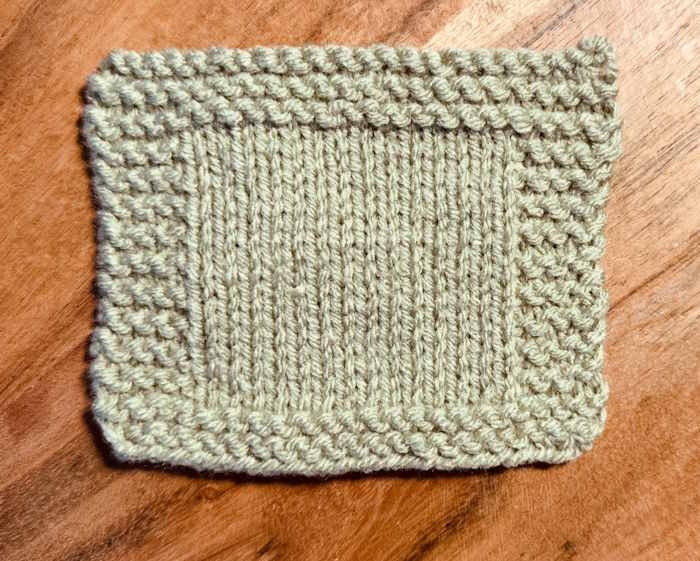 Red Heart Super Saver Worsted Weight Yarn
Red Heart Super Saver Worsted Weight YarnThis is an affordable, durable worsted-weight yarn with generous yardage. It's great for practicing your skills without worrying about making a mistake.
Pros:
- Highly affordable
- Extremely durable
- Comes in a broad range of colors
- Large skein size
- Machine washable
Cons:
- Some find it scratchy or too stiff, especially before washing.
- Can be inconsistent between dye lots.
Cascade 220
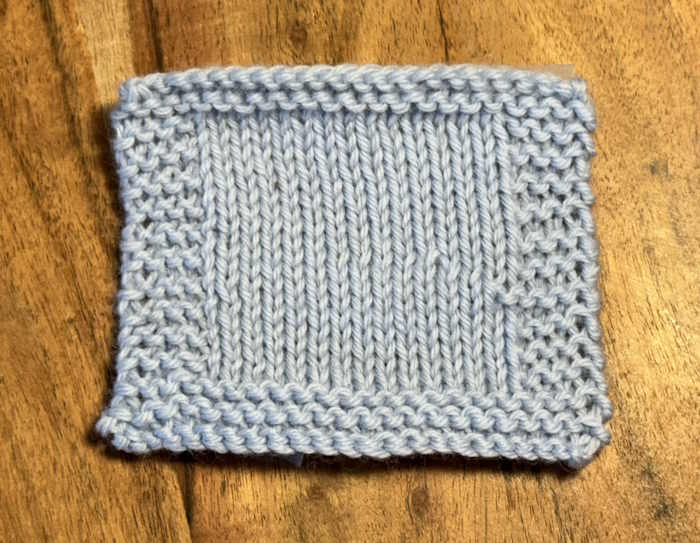 Cascade 220 100% Wool
Cascade 220 100% WoolKnown for its quality, this yarn is a 100% wool worsted weight yarn. It offers a vast color palette and it's perfect for those looking to move onto natural fibers.
Pros:
- Made of 100% Peruvian highland wool
- It's warm
- Durable
- Large color range
- Decent price point
Cons:
- It is not machine washable
- Some may find wool itchy against the skin
Berroco Vintage
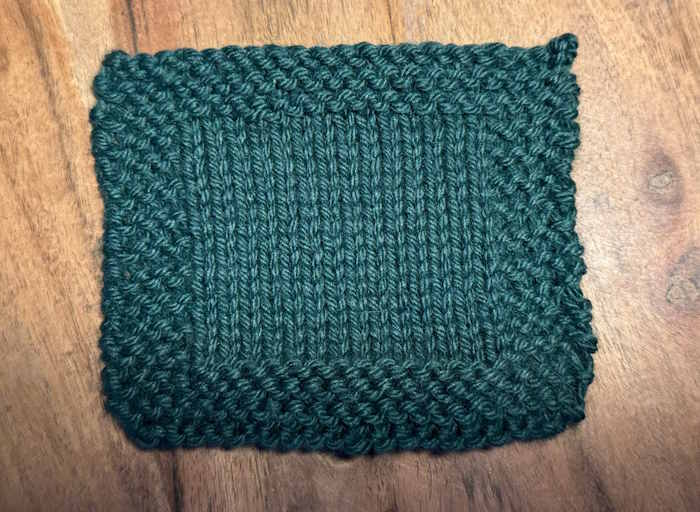 Berroco Vintage
Berroco VintageThis is a soft, worsted-weight machine washable yarn. It's a blend of acrylic, wool, and nylon - easy to care for and comes in various colors.
Pros:
- Soft to touch
- Durable
- Machine washable
- Wide variety of colors
- Nice stitch definition
Cons:
- Slightly more expensive
- Has a slightly synthetic feel
Lion Brand Wool Ease
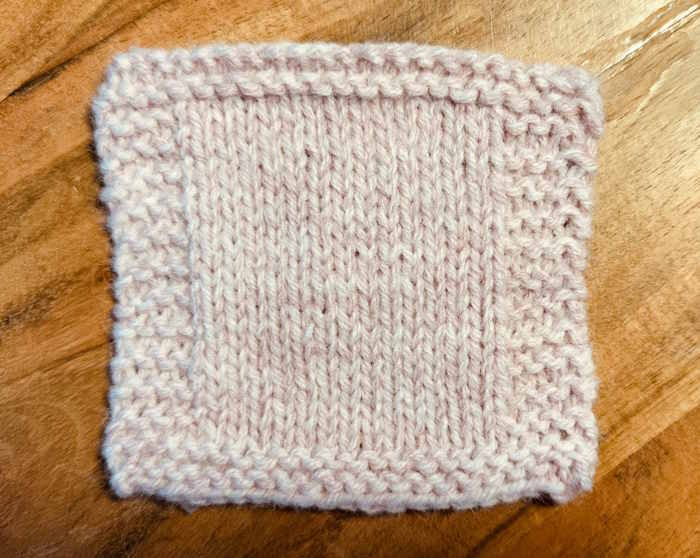 Lion Brand Wool Ease
Lion Brand Wool EaseThis premium worsted-weight yarn is a blend made of acrylic, wool and depending on the color, or fibers. It is prized for its versatility, machine washability, and broad color selection.
Pros:
- Very soft for mostly acrylic
- Machine washable
- Durable
- Holds it's shape
- Comes in a wide variety of colors
Cons:
- Colors online may not be exactly what you receive
- Some users report inconsistencies in thickness and splitting
Caron Simply Soft
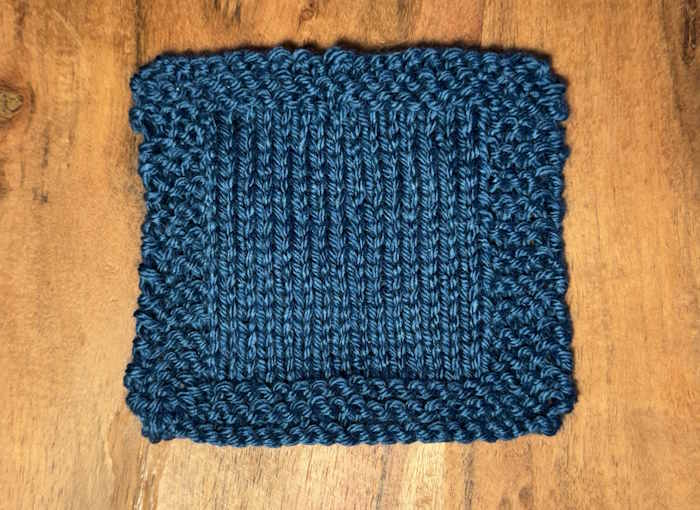 Caron Simply Soft
Caron Simply SoftAs the name suggests, this yarn is incredibly soft yet durable. It's 100% acrylic and comes in many beautiful shades.
Pros:
- Extremely soft
- Affordable
- Machine washable
- Slight sheen that can make finished projects look luxurious
Cons:
- It can split while working with it, making it slightly challenging for complete beginners
- It also shows every stitch (great stitch definition), which can be a pro or con depending on the project
Lion Brand Basic Stitch
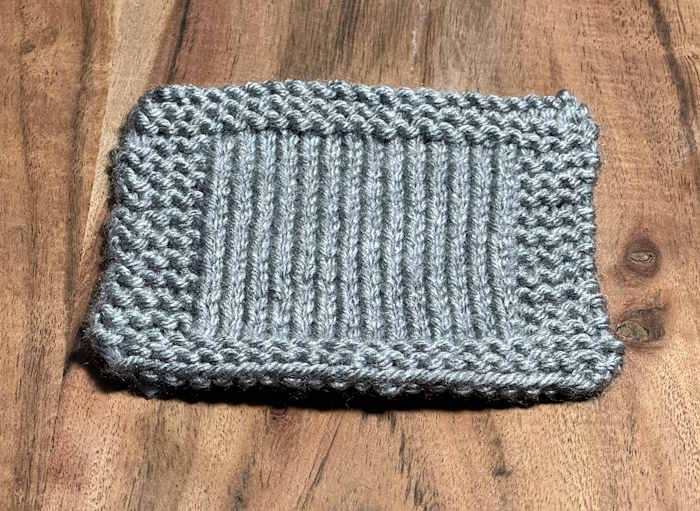 Lion Brand Basic Stitch
Lion Brand Basic StitchThis is a worsted weight yarn that is perfect for those who want to create something that will last. It is made with anti-pilling acrylic fiber. It has a beautiful drape and stitch definition that makes it perfect for all kinds of projects including garments, accessories, and home decor.
Pros:
- It's soft
- Durable
- Machine washable
- Available in a wide variety of colors
- Allergen-free
Cons:
- Some users report that it pills moderately
- The texture may not be appealing for certain types of projects
Hobby Lobby, I Love This Yarn
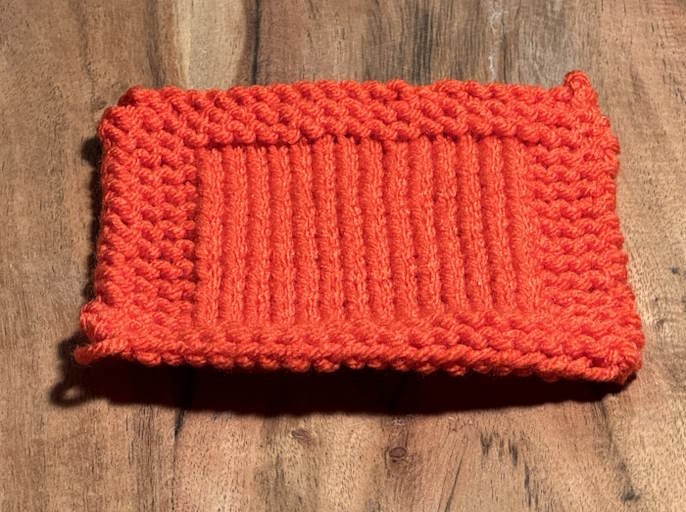 Hobby Lobby, I Love This Yarn
Hobby Lobby, I Love This YarnThis worsted weight 100% acrylic yarn is available only through Hobby Lobby.
Pros:
- Soft
- Affordable
- Available in a wide range of colors
- Machine washable
Cons:
- It is only available through Hobby Lobby
- It can sometimes have knots or irregularities in the skein
Big Twist
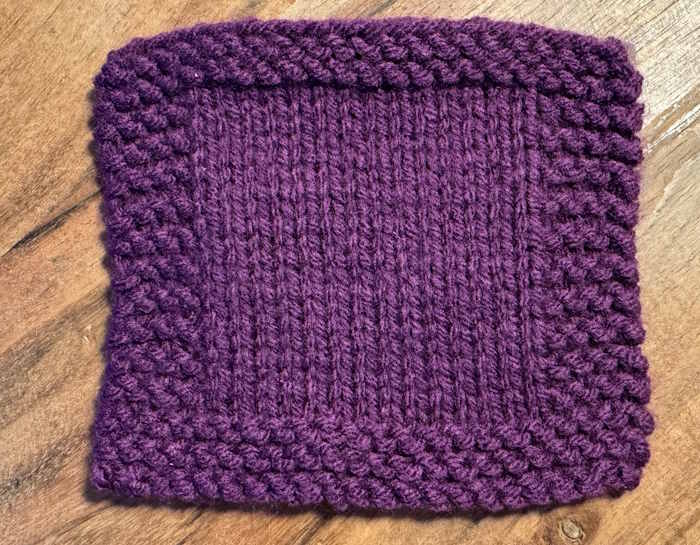 Big Twist
Big TwistIf you need afordability and durability, this is a great choice. It is also surprisingly soft, much more soft than Red Heart Supersaver. I also like the stitch definition and fairly drapy. It is fully washable and dryable because it is 100% acrylic.
People either love it or hate it, but I think it would be a great option for a blanket or afaghan.
Pros
- Machine Washable
- Very affordable
- Comes in a wide choice of colors
Cons
- It's know to split and not aways consistent which is a quality control issue.
- Items made with this yarn must be air dried which is a big negative for acrylic yarn
- Can tangle
Cascade Yarns 220 Superwash Merino
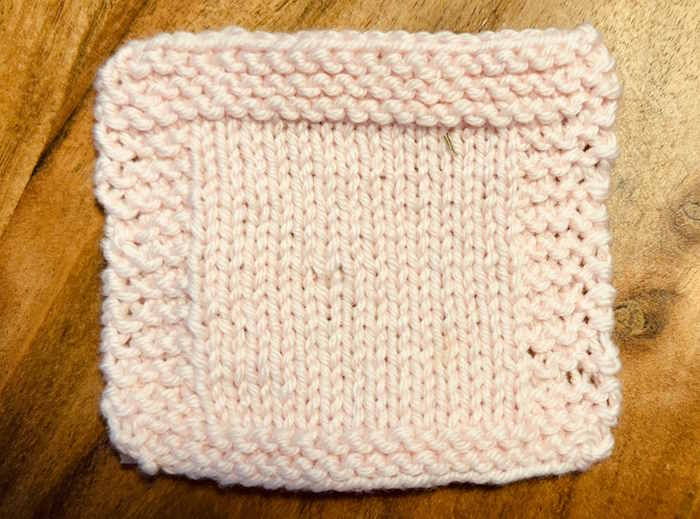 Cascade Yarns 220 Superwash Merino
Cascade Yarns 220 Superwash MerinoThis 100% wool yarn worsted weight yarn is machine-washable and provides a decent amount of warmth.
Pros:
- Machine Washable:
- Soft
- Warmth
- Versatility
- Comes in a wide variety of colors
Cons:
- Merino wool tends to be more expensive than regular wool
- Not be as durable as other types of wool
- Potential to pill
- Some users have mentioned inconsistencies in the thickness of the yarn
- I find it hard to block this yarn
Lion Brand's Schitt's Creek
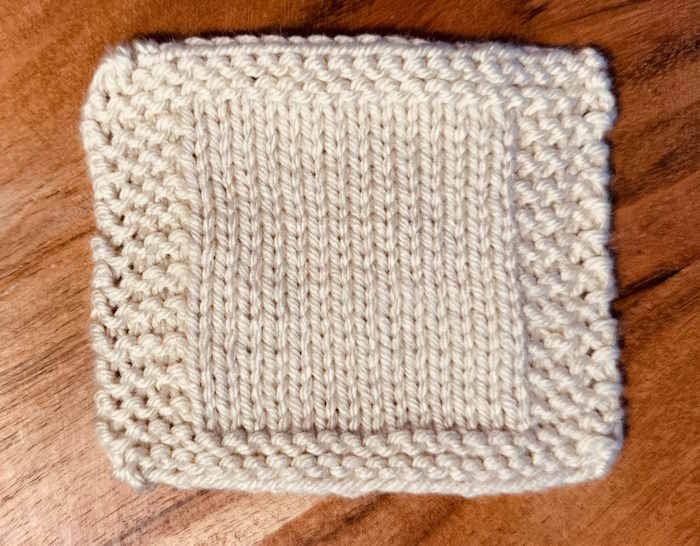 Lion Brand's Schitt's Creek
Lion Brand's Schitt's CreekBased on the iconic television show with the same name, this is a worsted-weight yarn that is 100% Acrylic, meaning that is washable and dryable. It comes in a variety of colors and tons of yardage on one skein (372 yards to be exact)
Pros:
- Soft
- Machine washable
- Good variety of color choices
- Doesn't split
- Squishy
Cons:
- People have found knots, though I have not.
Loops & Threads Impeccable
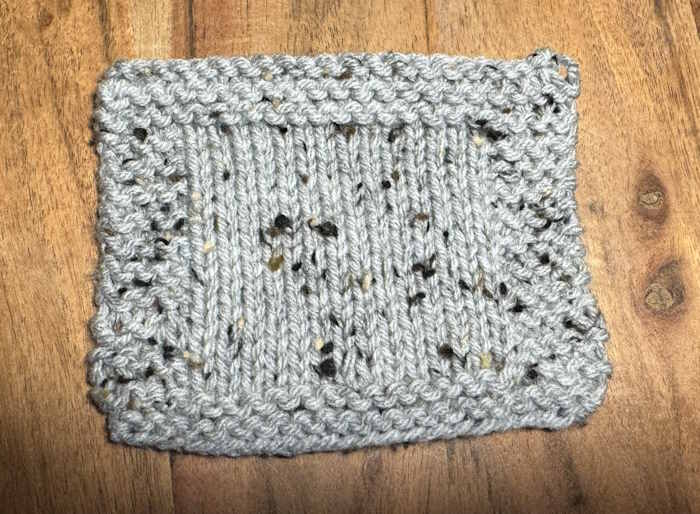 Loops & Threads Impeccable
Loops & Threads ImpeccableThis Michael's store brand yarn is affordable and comes in a nice range of colors. It's 100% and machine washable.
Pros:
- Affordable option
- Wide range of colors
- Easy to care machine washable and dryable
Cons:
- It can be a bit scratchy for some users.
- Inconsistencies with thickness and
- May split
- Available at Michaels
Malabrigo Yarn Worsted
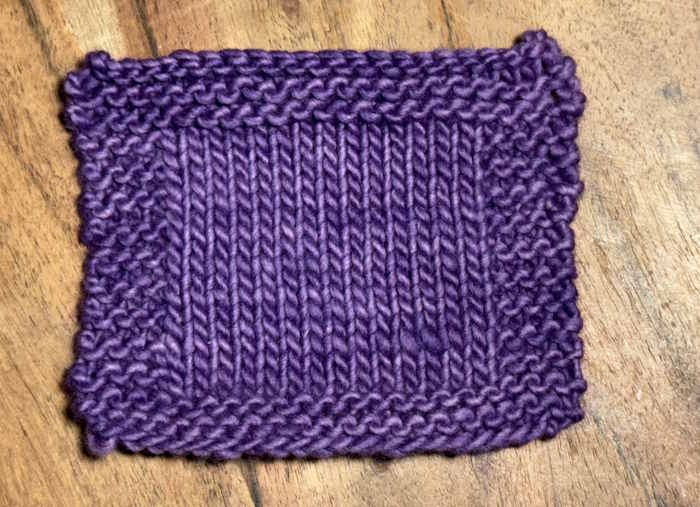 Malabrigo Yarn Worsted
Malabrigo Yarn WorstedMalabrigo Worsted is a 100% merino wool that is very soft and comes in a wide variety of colors. It is hand-dyed meaning that that brings a skin-soft wool texture to your projects. It's a hand-dyed, meaning that each beautiful skein is unique. Be sure to order enough for your project because you may not be able to match at a later date. It is a single ply yarn
Pros:
- Very Soft
- Easy to work with
Cons:
- Expensive
- Must be hand washed
References and Further Learning
Interweave - "Yarn Weights Explained"
Craft Yarn Council - Standard Yarn Weight System
Last Words
Remember, practice is the best way to get to understand any yarn. So, pick up some worsted weight yarn and start experimenting with your knitting or crochet projects. Over time, you'll become very familiar with its characteristics and potential uses.
Remember, every knitter and crocheter is different, so a yarn that works well for one person might not work as well for another. It's all about finding the best materials for your specific project needs and personal preferences!
It's always recommended that beginners start with a mid-range worsted weight yarn, as it's easy to handle and see results quickly. As you develop skills and get more comfortable knitting or crocheting, you'll find it easier to work with different types of yarns.
Pin for Future Reference
About Janice
Hi, I’m Janice, the voice behind Smart-Knit-Crocheting. I love to knit and crochet and even more, I love teaching others what I know.
Though I learned to knit and crochet as a child, I didn’t get serious about these amazing hobbies until I retired. I’m a certified knit and crochet instructor through the Craft Yarn Council and am working on becoming a Master Hand Knitter through The Knitting Guild Association.
I’m currently living with my husband of over 50 years and our 6 Shih Tzu dogs.
I love hearing from you, so please drop me a line and let me know what you’re working on, whether you love knitting or crocheting more, and if you have any questions. Please visit my about me page for more information.
Happy Crocheting
